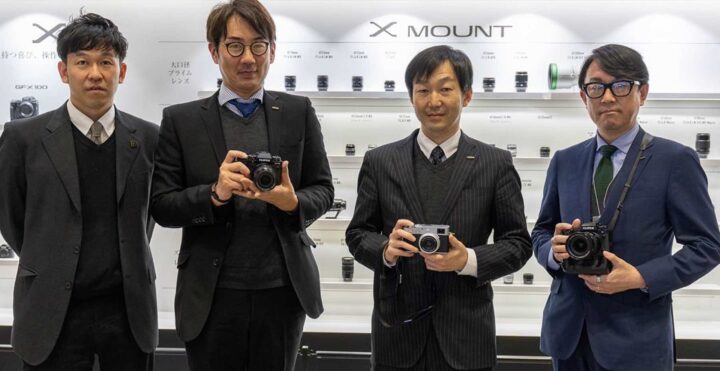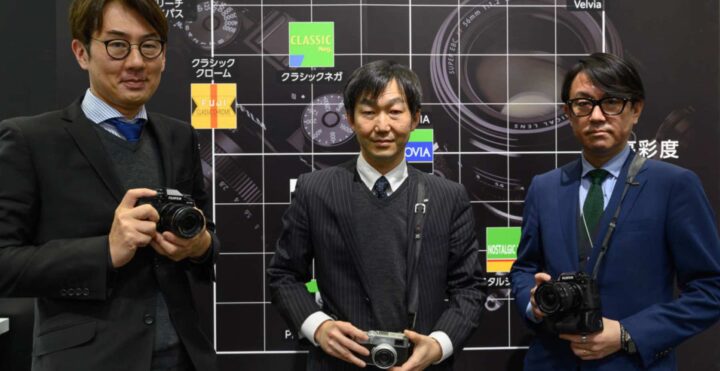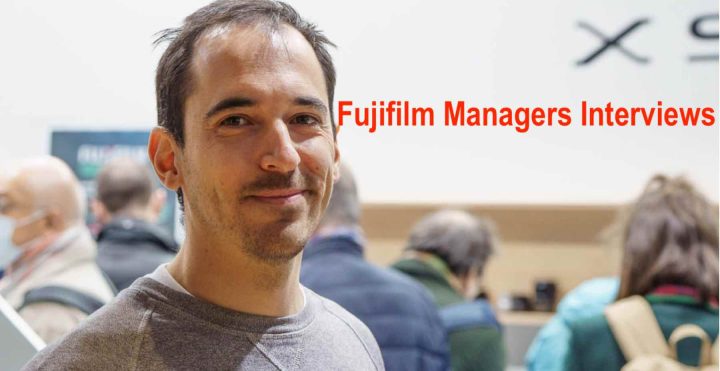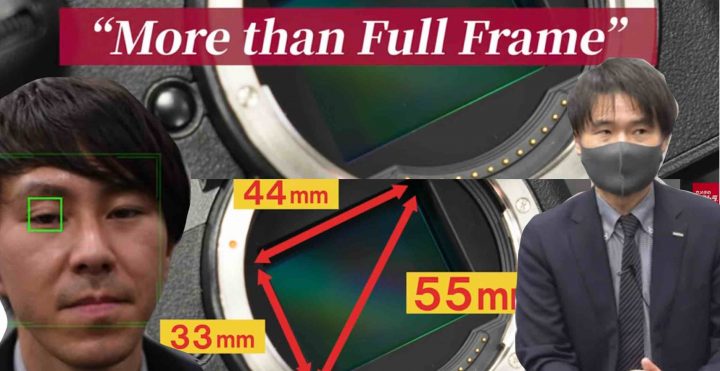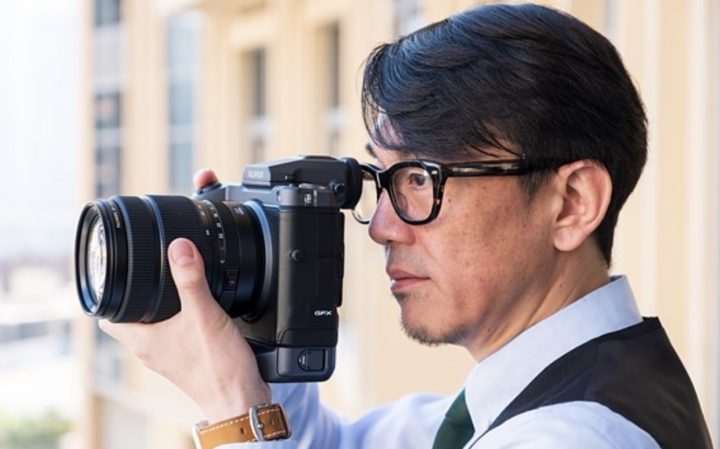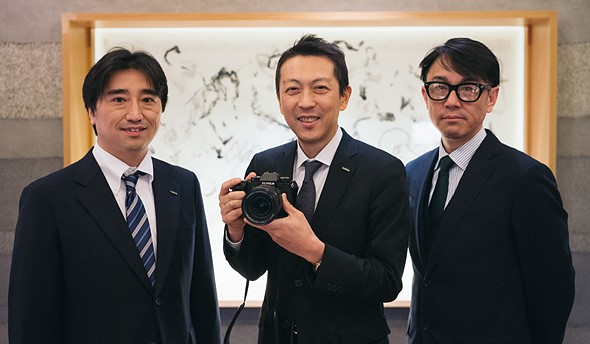Fujifilm GFX100 II Explained by Fujifilm Managers and Talking Firmware Updates for X/GFX – CineD Interview
- Fujifilm GFX100 II
BHphoto / Amazon / Adorama - GF 55mm f/1.7 R WR
BHphoto / Amazon / Adorama - GF 30mm f/5.6 Tilt Shift
BHphoto / Amazon / Adorama - GF 110mm f/5.6 Tilt Shift
BHphoto / Amazon / Adorama
CineD sat down with product planning manager Makoto Oishi-san and product planner Taiji Yoneda-san to talk about the GFX line and what makes the Fujifilm GFX100 II special.
You can and should watch the 24 minutes video above. But if you are in a hurry, I will provide also a quick summary below.
There is also a little section about firmware udpates, where Johnnie from CineD asks for one feature available on X-S20 to come via firmware update to GFX100II, and one available on GFX100II to come to X-H2, X-H2S, X-T5 and X-S20.
In short: if the request from users is strong, Fujifilm might make it happen. So guys, you know what you have to do in the comments now ;).

